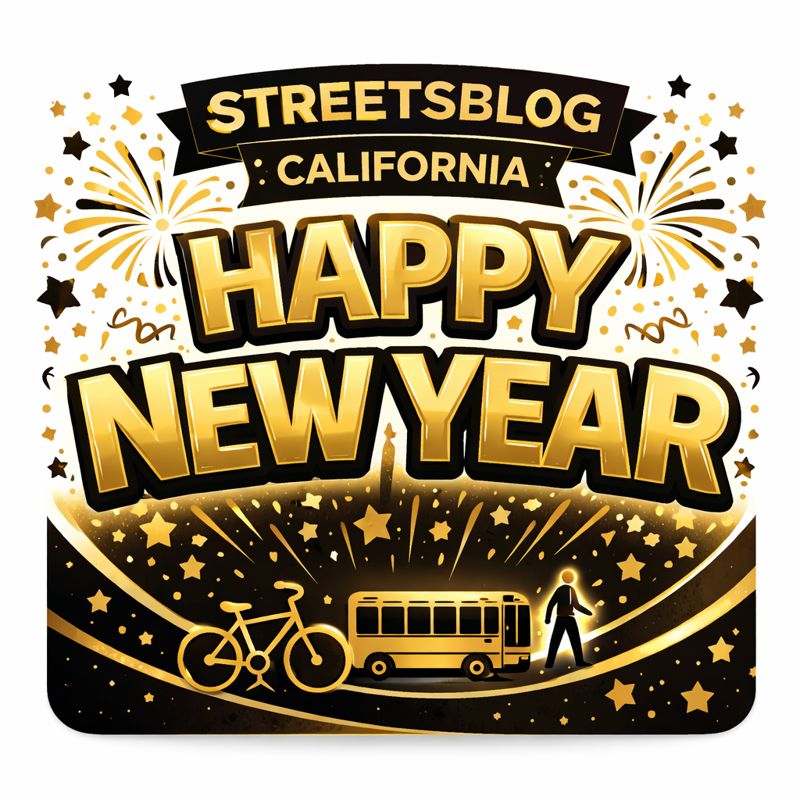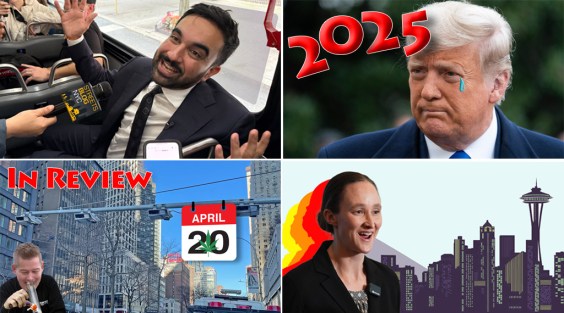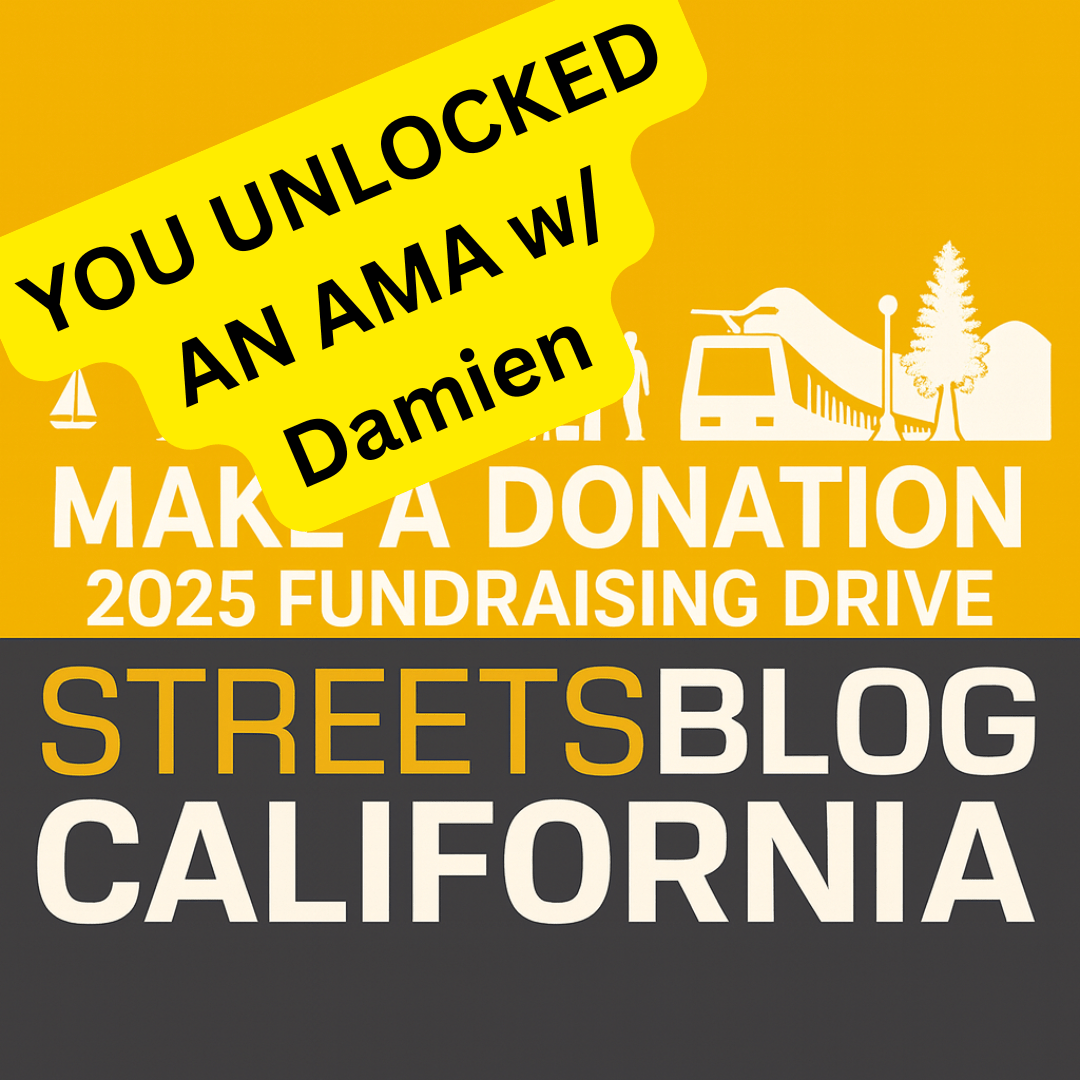Public transportation becomes less accessible for low-income Peninsula residents and workers this year with fare increases for both Caltrain and SamTrans buses. Caltrain tickets go up by fifty cents on February 28 while SamTrans bus tickets were raised by 25 cents on January 10. Unlike Muni, neither agency offers discounted tickets to transfer between buses or between the train and buses, and neither offers a discount for low-income residents or students.
"I'm a longtime Caltrain rider... but with the fare increase I might be considering other transportation alternatives," said Sunnyvale resident Dora Tello at the December 3 Board meeting where the fare hike proposal was considered. "Please do not raise fares."
"By raising the prices we will be excluding people," said San Francisco Supervisor Malia Cohen, the lone Caltrain Board member who voted against the proposal.
Caltrain officials estimate the fare increases will bring in $8 million more per year, which they say is needed to keep up with rising costs. While Caltrain has long maintained that electrification of the passenger rail service would reduce costs by switching from diesel fuel, its operating budget is projected to rise from $128 million today to $182 million by 2021, when the new electric trains begin running. However, there will be a concurrent increase in service, capacity, speed and, presumably, riders--so the increased costs should be offset by more revenue from ticket sales. In the railroad industry this is known as the "sparks effect."
Either way, "Everybody isn't going to get everything they want," stated San Mateo County Supervisor and then Caltrain Board Chair Adrienne Tissier in response to complaints that ticket prices are already too expensive. "We all have to do our fair share to keep the train alive."
"I'm going to support the increase," said Board member and San Francisco Treasurer Jose Cisneros at the meeting. "I've seen us come way too often to the budget discussion where we've had to look at cutting service."
But transit advocates have long noted that the agency's Go Pass program, which sells all-zone, unlimited-ride tickets to large employers, provides far too steep of a discount, ignoring a major revenue source. Go Passes are sold for $190 per year per eligible participant, usually employees who work at least 20 hours per week. To participate, companies must purchase passes for all eligible employees, whether or not they ride Caltrain to work.
Stanford University, for example, receives a discount of over 50 percent for the Caltrain passes it provides its employees as part of their compensation packages. About 25 percent of the university's workers use Caltrain, which means Stanford purchases four passes for every one that actually gets used, or $760 per year per Caltrain commuter. Without the Go Pass program, the university would be paying either $1,512 per year (two zones) or $2,148 (three zones) for most of their workers. Over 100 organizations (mostly private companies) participate in the Go Passes program.
A comprehensive fare study later this year will "review the fare structure and pricing system-wide, including the cost of a monthly pass and GoPass, as well as the potential for income-based fare discounts," according to the agency's December staff report [PDF]. Demand for riding Caltrain is at an all-time high, and free transit passes are an increasingly coveted perk for tech workers.






